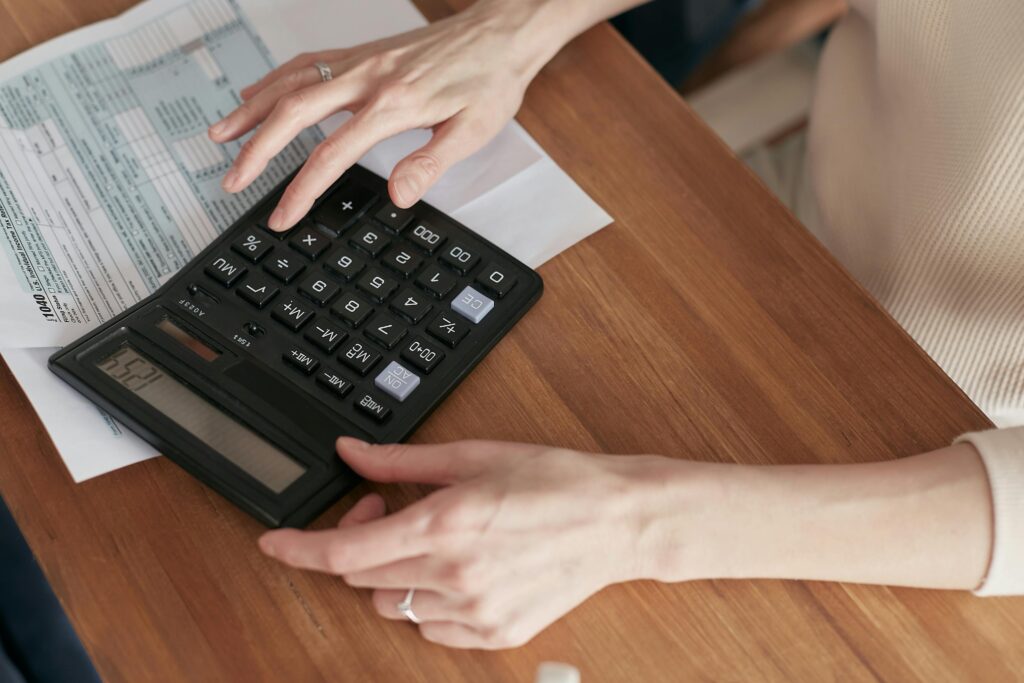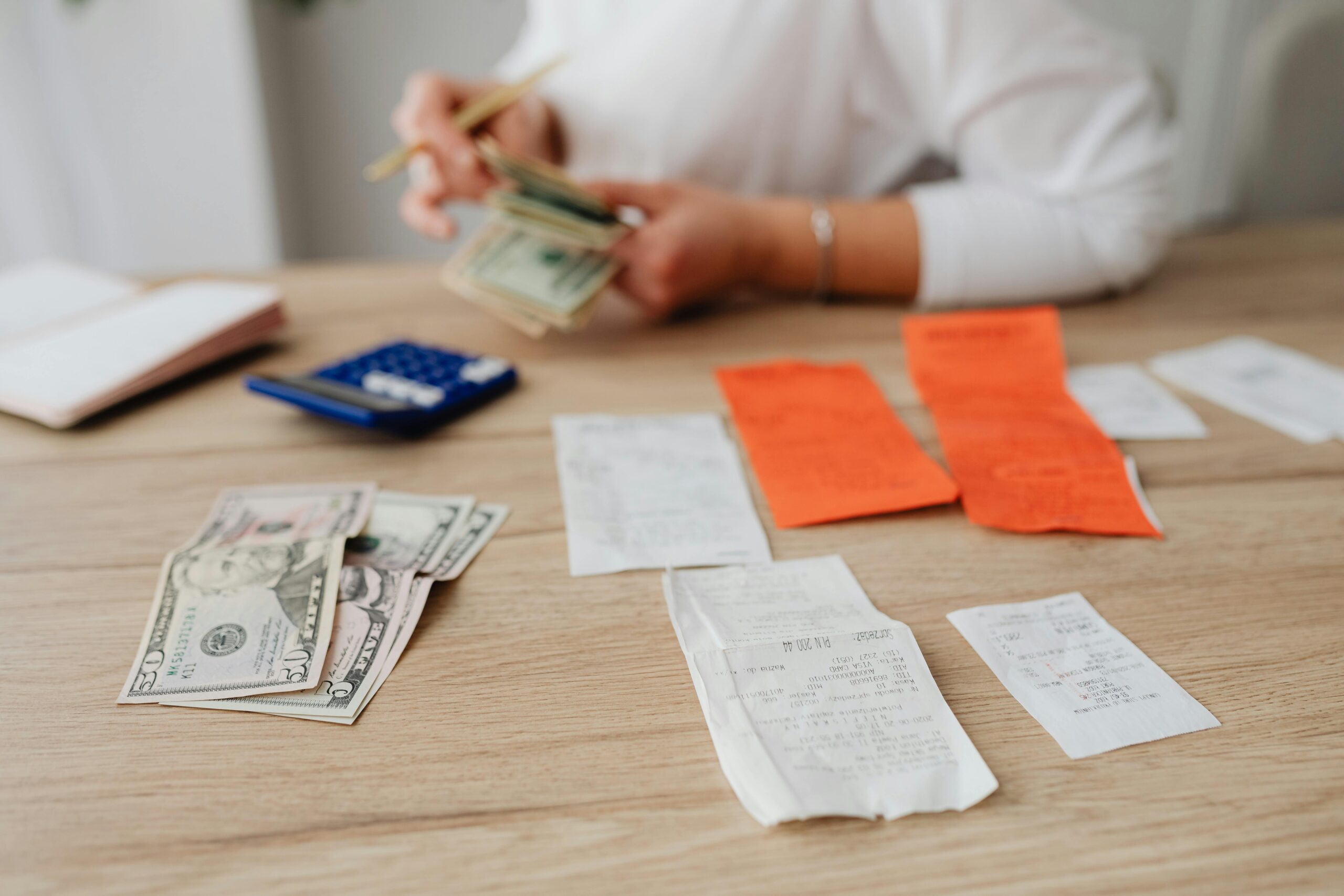A budget is telling your money where to go instead of wondering where it went.” – Dave Ramsey
How Do I Create A Simple Personal Budget? : Managing money doesn’t have to be overwhelming. In fact, the key to financial freedom often starts with one simple habit: creating a personal budget. Whether you’re just starting out or trying to regain control of your finances, a budget is your roadmap to smarter spending and saving.
Statistical Overview– To Create A Simple Personal Budget
Creating a simple personal budget is a widely searched topic among individuals aiming to manage their finances better.
In terms of demographics, users aged 25-44 are the most engaged, often seeking budgeting strategies for saving, debt repayment, or family planning. Mobile devices account for over 70% of the traffic, showing a strong preference for on-the-go financial advice.
Related keywords include:
- “Personal budget template” (3,600 monthly searches)
- “How to budget money” (5,400)
- “Monthly budget plan” (2,900)
These statistics highlight a consistent demand for simple, actionable budgeting content, especially among young adults navigating financial independence.
Understand Your Income and Expenses
The first step in creating a simple personal budget is understanding your cash flow. According to Better Money Habits, start by listing all sources of income—your salary, side hustle earnings, or freelance income. Then, list your expenses, including:
- Fixed costs: rent, utilities, insurance
- Variable costs: groceries, entertainment, dining out
- Irregular or annual costs: car maintenance, subscriptions
Choose a Budgeting Method
There’s no one-size-fits-all approach to budgeting. As suggested by NerdWallet, here are a few popular strategies:
- 50/30/20 Rule: Allocate 50% to needs, 30% to wants, and 20% to savings and debt repayment.
- Zero-based Budgeting: Assign every dollar a job so your income minus expenses equals zero.
- Envelope System: Use cash-filled envelopes to limit spending by category.
Choose the one that best suits your financial habits and goals.
Track and Adjust Your Spending
Use spreadsheets, a notebook, or budgeting apps to track your expenses. Apps like YNAB, Mint, and Goodbudget (highlighted in CNBC Select) can automate this process, helping you stay on top of your goals. Regular tracking allows you to identify problem areas and make quick adjustments.

Set Realistic Financial Goals
Your budget should reflect what you’re working toward. According to ET Money, this could include:
- Building an emergency fund
- Paying off debt
- Saving for a vacation or home
Break these down into short- and long-term goals and assign them a spot in your budget.
Review Monthly and Refine
Budgeting isn’t a one-time task. Oregon’s DFR emphasizes monthly reviews to evaluate what’s working and what’s not. Life circumstances change—so should your budget.
Frequently Asked Questions (FAQs)
How Do I Create A Simple Personal Budget From Scratch?
Start by listing your monthly income and expenses. Choose a budgeting method like 50/30/20 or zero-based, track spending, and adjust monthly.
What Is The Best Budgeting Method For Beginners?
The 50/30/20 rule is often easiest for beginners because it divides spending into clear categories: needs, wants, and savings.
Are Budgeting Apps Worth Using?
Yes, apps like Mint, YNAB, and Goodbudget automate tracking and provide insights, making it easier to stay on budget.
How Often Should I Review My Budget?
At least once a month. Frequent reviews help you adapt to changes in income or expenses.
What If I Overspend In One Category?
Rebalance your budget by cutting costs elsewhere. Flexibility is key to staying consistent.
Can I Budget With An Irregular Income?
Absolutely. Use an average of your last 3–6 months of income to estimate your budget and prioritize essential expenses.
How Do I Stick To My Budget?
Set realistic goals, track your progress, use reminders, and celebrate small wins to stay motivated.

